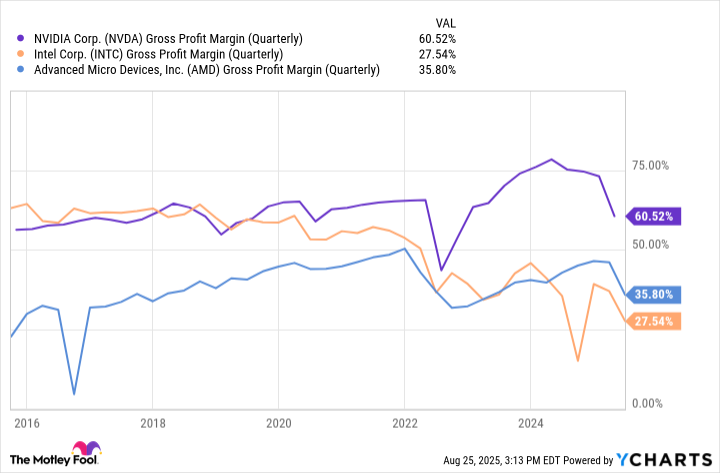From Margins to Missions: How the Elsie Initiative Fund Is Redefining Peacekeeping
In the world of international peacekeeping, a quiet revolution is underway—one that moves beyond counting women to fundamentally transforming how security institutions operate. At the heart of this change is the Elsie Initiative Fund (EIF) at UN Women, whose holistic approach addresses not just recruitment numbers but the very systems that have historically prevented women from thriving in peacekeeping roles.
In an exclusive interview with Modern Diplomacy, Deborah Warren Smith, Manager of the Elsie Initiative Fund, explained why this shift is critical. “If you just focus on numbers alone, you are treating the symptoms and not the cause,” she noted. “We look at systems, the laws, institutional policies, leadership cultures, social expectations, all of which can either enable or prevent women from deploying and becoming valued members of security institutions.”
The Root Cause: Why Culture Trumps Quotas
The most entrenched challenge, according to Ms. Smith, is institutional culture. Military and police organizations often operate within masculine norms that value toughness and maintain informal gatekeeping by senior leadership. Women who challenge these norms by questioning or leading may face resistance, isolation, or harassment.
To address this, the EIF employs a scientific, evidence-based methodology called the Measuring Opportunities for Women in Peace Operations (MOIP). This diagnostic tool assesses barriers across ten key areas, interviewing both women and men within security institutions to build a comprehensive picture of the challenges. Countries like Liberia have used these insights to design targeted interventions, such as physical training support for women, resulting in increased recruitment and retention.
This focus on systemic barriers represents a fundamental departure from traditional approaches. Where many initiatives see the lack of women as a recruitment problem to be solved, the Elsie Initiative identifies it as a symptom of institutional failure. By shifting the focus from individual women to the structures that hold them back, the EIF is not just asking for a seat at the table, it is helping to rebuild the table itself, creating a foundation where women can not only enter but truly lead and thrive.
The process is deliberately collaborative, not prescriptive. After a Barrier Assessment is complete, the EIF works with nations to co-design interventions—from reforming parental leave policies in armed forces to ensuring women have access to specialized training and equipment. This ensures that solutions are not imposed from the outside but are owned and sustained by the institutions themselves, turning policy into lasting practice and political will into operational reality.
The Ripple Effect: Creating Institutional Change
The EIF’s “Gender Strong Unit” concept offers a powerful example of their approach in action. These are units where the percentage of women is at least five points above UN parity targets, with women in leadership and technical roles. Senegal, for instance, has deployed a Gender Strong Unit commanded by a woman for the first time, not once, but three times.
The impact is tangible. “The men in those units have reported that the culture is less competitive and more collaborative,” Smith shared. “It enables them to work better together during patrols and engage more effectively with local communities.”
This institutional rewiring creates a virtuous cycle. As more women deploy into leadership roles, they become visible proof of change, directly challenging entrenched stereotypes and inspiring the next generation. This shifts the internal culture from within, making security institutions more attractive and accessible to women not as an exception, but as the norm. The result is a self-reinforcing system where policy, representation, and culture evolve together to create a more professional and effective force.
Beyond culture, the EIF helps countries institutionalize change. In Zambia, the police service is developing and implementing an anti-sexual harassment and abuse policy, moving beyond creating documents to ensuring real accountability and safety.
A Campaign for the Future: “When Women Lead”
This tangible progress sets the stage for the most human element of the Elsie Initiative’s work: spotlighting the leaders who are living this change. Coinciding with the 25th anniversary of UN Security Council Resolution 1325, the EIF will launch When Women Lead—a digital campaign featuring a mini-series of interviews with groundbreaking uniformed women from around the world.
Launching in November, the series will include:
- Lieutenant General Cheryl Pearce, Acting UN Military Adviser
- Commissioner Binetou Guisse, Senegal National Police
- Major General Anita Asmah, Ghana Armed Forces
These stories represent the culmination of the EIF’s work, proof that when women lead, peacekeeping becomes more effective, responsive, and grounded in the communities it serves.
The New Peacekeeping: Where Inclusion Means Effectiveness
As we look toward the future of global security, the Elsie Initiative Fund offers more than just a blueprint for gender equality, it presents a compelling case for why inclusive peacekeeping is smarter peacekeeping. The work transcends quotas and tick-box exercises, aiming instead for a fundamental rewiring of how security institutions operate.
“What we would really like to see in five to ten years,” Smith concluded, “is countries embedding women, peace and security into their operational frameworks. The conversation would shift from ‘how many women’ to ‘how effective is our force because it is inclusive.’”
This vision where diverse teams create more collaborative environments, where different perspectives lead to better community engagement, where institutional cultures foster rather than hinder potential, represents the ultimate goal. It’s not about women succeeding in a man’s world, but about building a better, more effective peacekeeping environment for everyone.
As the EIF continues to partner with nations and showcase stories of women leaders, it becomes increasingly clear: the future of global peacekeeping isn’t just about having more women in the room—it’s about ensuring everyone in that room can lead, contribute, and transform what peacekeeping can achieve.
To follow these inspiring stories and learn more about the Elsie Initiative Fund’s work, follow their “When Women Lead” campaign launching this November on their website and social media channels.




